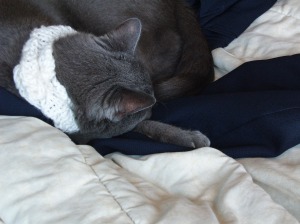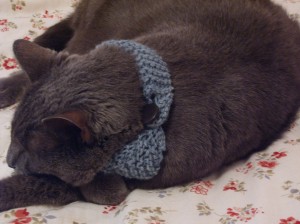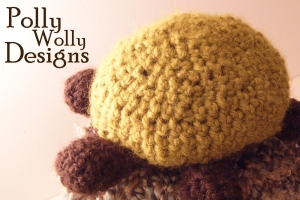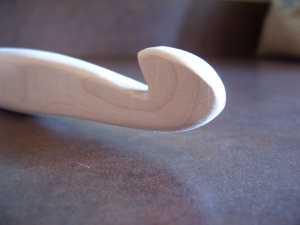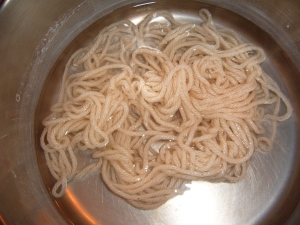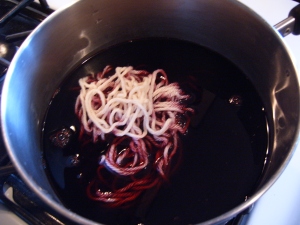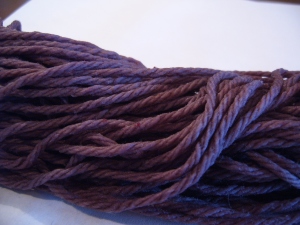Okay, so not exactly, because the thing I saw was for Apple products, and used some app that I didn't really feel a need to download, even if it was available as an Android app. Which isn't likely, being that there are a lot of app designers who only produce cool apps for the Apple market. And, yes, I am now whining.
But, regardless, the pin got me thinking, "What if I could figure out a way to make my tablet a little more, well, mine?" Much as I love Android, admittedly the wallpapers that come on the device are not the spunky, sweet, charming, bright, sunshiny, colorful backgrounds this Polly wants on her home screen.
And this is how I got started. As a potentially important note, the following instructions are for use within the Android Pinterest app, available through Google Play (Android's app system, if you are a Apple nerd or don't know much about Android). You should read through them, but there are instructions following on doing the same thing through your Chrome browser.
From Pinterest:
In the Pinterest 'Design' category board, I'll often run across really cute pictures of textiles or scrapbook paper. So, if you find one of these you absolutely love, tap the pin. In the lower right-hand corner, you will see a settings button, and when you two it, select the option "save to device".
When your notification bar in the upper left-hand corner says that the image is saved, go to your photo gallery. (At this point, I should mention that there is a possibility some of these buttons and photo galleries may be set up differently between tablets and phones, so if you have an Android phone, play around with it, and let me know through your comments how you did it.) In your photo gallery, at least on my device, will be an album labeled "Pins". Just as long it's in one of your albums, we're good. If you need to crop a measuring tape out or would like to change anything with the small photo-editing software on your device, now's the time to do it. Then, navigate to your home page, tap and hold until the option to select wallpaper from gallery, live wallpapers, or normal wallpapers appears, tap "From Gallery", find your saved pin, and select it.
Now, it will ask you to define where you want it to crop. Crop it as large as you can, because, particularly in tablets, the pictures may not be very high quality, so the smaller your cropped image, the more pixelated your background. Hit "OK", and enjoy your new home page!
From the Web:
If you have a picture in Chrome you would like to save to your device, click on the image. It should either open a window of the picture behind which you will see the original web page, or continue to the page it's hosted on. In any case, tap and hold the picture, select "save to device", and proceed as above.
{There is a possibility that some images may be under copyright, so please don't print the image out for any reason, and if there is a watermark on the picture, either leave it in your cropped background, or don't use it at all. We all love to share, but there are men and women making a livelihood off their photography or paper, and it is our responsibility to be sure we are honoring their work.}
Well, I had fun playing around! I hope you have found another cool thing to do with your techno-gadget that will brighten your day.





